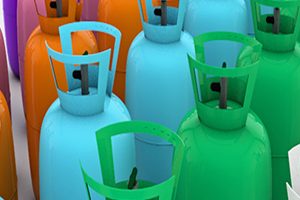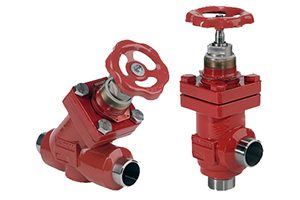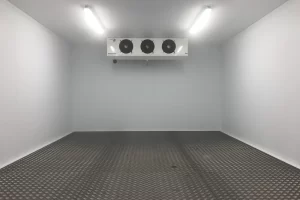Ammonia First Aid: Guidelines and Procedures
Ammonia gas, with its chemical formula NH3 and refrigerant code R-717, possesses a distinct pungent odor that can be detected even in very low concentrations, serving as a self-warning mechanism against potential exposure. It’s imperative to understand the basic principles of ammonia first aid to ensure prompt and effective response in case of emergencies.
Introduction to Ammonia Gas
Ammonia is not an accumulating toxic substance, but it requires careful handling due to its potential hazards. While generally stable under normal conditions, high concentrations of ammonia can form flammable mixtures with air and oxygen. Proper ventilation is crucial to prevent its accumulation in enclosed spaces.
Basic Rules for Ammonia First Aid
In cases requiring ammonia first aid, swift action is essential. The following steps should be taken promptly:
- Call Emergency Services: Dial 911 immediately to summon professional medical assistance.
- Be Prepared: Maintain a supply of sterile saline solution (0.9% NaCl) for immediate use.
- Ensure Accessibility to Water: Ensure that showers or water tanks are readily available near all ammonia equipment installations.
- Protect the Treated Individual: Safeguard the affected person during first aid to prevent further injury.
Ammonia First Aid Procedures
Inhalation Exposure
- Move to Open Space: Immediately relocate affected individuals to well-ventilated areas, removing any impediments to breathing.
- Seek Medical Assistance: Call emergency services and request oxygen equipment.
- Ensure Rest and Cover: Keep the affected person immobile and cover with a blanket.
- Address Burns: If mouth or throat burns are present and the individual is conscious, provide sips of water. For conscious individuals without mouth burns, offer hot, sweet tea or coffee. Never administer liquids to an unconscious person.
- Administer Oxygen: With medical supervision, oxygen capsules may be used to aid breathing.
- Perform Artificial Respiration: If breathing ceases, initiate artificial respiration.
Eye Injuries
- Flush Eyes: Immediately irrigate eyes with saline solution for at least 30 minutes, keeping eyelids open.
- Seek Medical Help: Contact emergency services promptly.
Skin Burns
- Flush with Water: Rinse affected skin with copious amounts of water for at least 15 minutes, removing contaminated clothing carefully during washing.
- Emergency Assistance: Call 911 immediately.
- Apply Moist Compress: Until professional medical attention is available, apply a moist compress using saline solution on the affected areas.
Conclusion
While precautions can minimize risks, no environment is entirely hazard-free. Safety practices should be ingrained in daily operations, and Atlas Refrigeration Company stands ready to collaborate with organizations and factories to enhance facility security, provide safety equipment, and respond effectively to emergencies.
Source: American Society of Facility Engineers
Related posts
Ammonia First Aid
Choosing Between Ammonia and Freon in Industrial Refrigeration Systems The decision between using ammonia or Freon in the refrigeration cycle
What is a Freon Cold Store? A freon cold store, is a cooling appliance that utilizes Freon refrigerant within its
Introduction to Ammonia Refrigeration Systems – Properties, Applications, and Equipment Overview Ammonia, with the chemical formula NH3 and the refrigerant



